1. Ackee Fruit
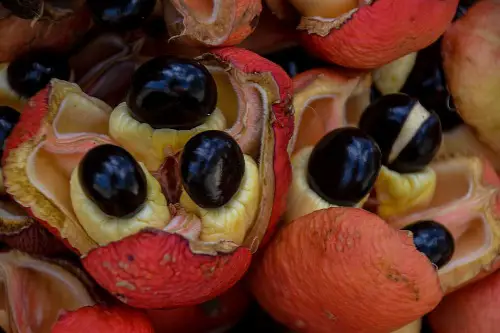
Ackee is the national fruit of Jamaica and delicious when cooked, but it’s toxic if eaten unripe or improperly prepared. The unripe fruit contains hypoglycin A, which can cause severe vomiting and even fatal “Jamaican vomiting sickness.” It’s legal to sell canned ackee in the U.S., but fresh ackee is heavily regulated due to the risks. This makes it one of those foods where knowing how to prepare it safely is literally life-saving.
Canned ackee is safe because it’s processed to remove toxins, but fresh ackee should only be handled by experts. Anyone trying it fresh without knowledge risks serious poisoning. It’s a tasty fruit with a dark side, so a warning label would definitely be warranted. If you see ackee on a menu or shelf, it’s good to be cautious.
2. Raw Milk
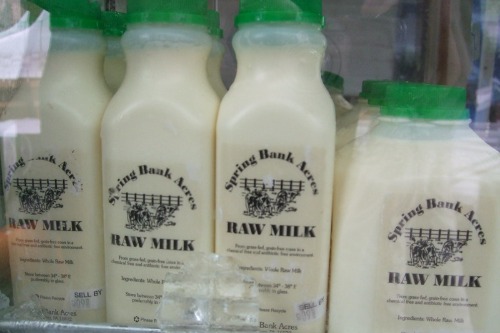
Raw milk is milk that hasn’t been pasteurized to kill harmful bacteria, making it a hot topic in food safety debates. It’s legal to sell in some states under certain conditions, but it carries a risk of containing pathogens like E. coli and Salmonella. Despite its raw appeal and claims of being more natural, it can cause serious illness, especially in children, the elderly, or immunocompromised people. Many health officials recommend pasteurized milk to avoid these dangers.
Advocates argue raw milk has benefits, but from a safety perspective, the risks are clear and documented. In places where it’s sold, warning labels or consumer education should be mandatory but aren’t always. Drinking raw milk is essentially a gamble with your health. So, it’s legal, yes—but maybe not the wisest daily choice.
3. Chitterlings (Pig Intestines)
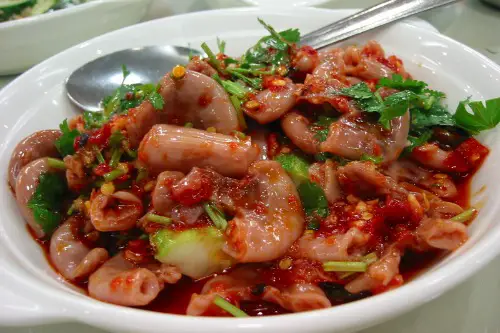
Chitterlings, made from pig intestines, are a traditional soul food delicacy that’s perfectly legal to sell in the U.S. The catch? If not cleaned and cooked thoroughly, they can harbor dangerous bacteria like Salmonella and E. coli. Preparing chitterlings requires patience and care, as improper handling can lead to serious food poisoning outbreaks. The smell alone can be overwhelming, so they definitely deserve a cautionary note.
Because of their nature, they’re often sold with instructions or warnings at specialty stores, but casual buyers might not know the full risks. People who enjoy chitterlings swear by the flavor, but skipping the prep steps is a recipe for disaster. They’re legal, traditional, and tasty—but only when treated right. Handle with care and don’t rush the cooking process.
4. Fugu (Pufferfish)
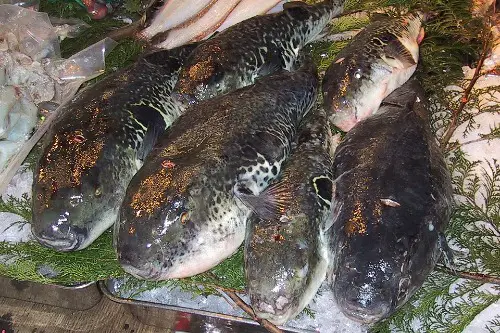
Fugu is a Japanese delicacy known for its potentially lethal toxin, tetrodotoxin, which can paralyze and even kill if consumed in the wrong way. It’s legal to sell in America but only prepared by licensed chefs trained to remove the toxic parts. This dish is a thrill for adventurous eaters but comes with serious risks if mishandled. While it’s not casually found everywhere, restaurants that serve it must follow strict regulations.
The danger lies in the toxin’s potency — a tiny mistake can be fatal. Eating fugu in the U.S. means trusting the chef’s skill and license because there’s no antidote. So, while it’s legal and exciting, it’s one food that absolutely demands respect and caution. Consider it more of an experience than a simple meal.
5. Raw Oysters
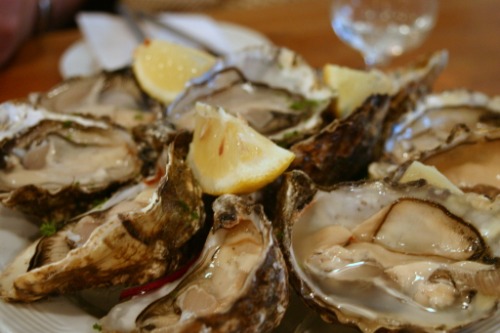
Raw oysters are a seafood favorite, often served on the half shell, but eating them raw carries a real risk of Vibrio bacteria infection. These bacteria live naturally in coastal waters and can cause severe illness, especially in people with weakened immune systems or liver conditions. Oysters are legal to sell raw in the U.S., but health warnings are usually posted where they’re served. Despite the risks, they remain a popular delicacy.
The main problem is that Vibrio can cause symptoms ranging from stomach cramps to life-threatening infections. Restaurants often disclaim the risks, but many people still underestimate them. So, if you love raw oysters, just know it’s a gamble with your health. It’s totally legal, delicious, but definitely something to eat with your eyes wide open.
6. Kinder Surprise Eggs

Kinder Surprise Eggs are those chocolate treats with a toy inside, banned in the U.S. for years but now allowed under certain conditions. The reason? The small toys inside posed choking hazards for children, and the FDA had strict rules about embedded non-food items. While they’re now legally sold, warnings about choking risks still apply. So these fun snacks come with a hidden caution: keep an eye on the little ones.
The FDA’s concern was all about safety, not taste. For adults, they’re just a nostalgic, tasty treat, but for kids, that tiny toy can be dangerous. It’s legal now but definitely should come with a warning label about choking. Always supervise kids when they enjoy these eggs.
7. Epazote
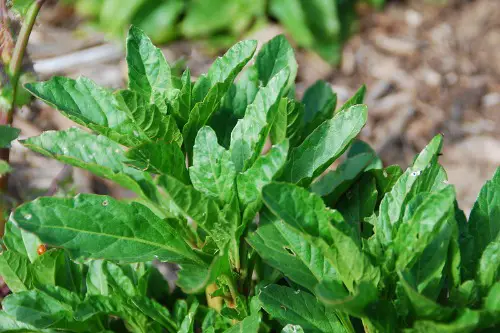
Epazote is a pungent herb commonly used in Mexican cuisine and sold in the U.S., but it contains compounds that can be toxic in large amounts. It’s legal to sell fresh or dried, but overconsumption can lead to nausea, vomiting, or even neurological issues due to its essential oils. People use it mainly to reduce gas in beans, but it should be added sparingly. Without a clear warning, some might overdo it and suffer unpleasant side effects.
This herb’s flavor is strong, but so are its risks if taken in excess. While it’s a natural ingredient, that doesn’t mean it’s harmless in large doses. So if you’re experimenting with epazote, start small and know it’s one of those foods where a little goes a long way. A warning label would be handy here.
8. Cassava

Cassava is a root vegetable that’s a staple in many cultures, but it contains cyanogenic glycosides, which can release cyanide if not prepared properly. In America, you can find it in some specialty markets, and it’s perfectly safe when cooked correctly. However, raw or improperly processed cassava can cause serious poisoning. So, while it’s legal and delicious, it’s definitely one you want to know how to handle before diving in.
This is why cassava is often sold with instructions or warnings in countries where it’s common. In the U.S., these warnings aren’t always prominent, so it’s up to the consumer to be cautious. Eating it raw or undercooked could lead to headaches, dizziness, or worse. Basically, treat cassava like a little science experiment you want to get right.
9. Raw Cashews
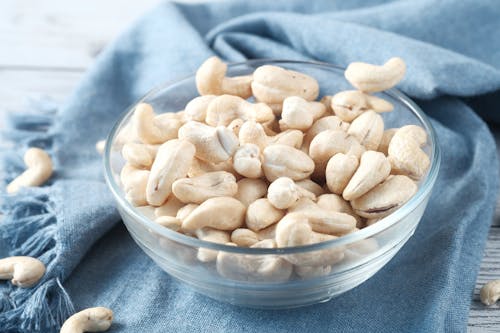
Raw cashews sold in the U.S. aren’t truly raw; they’ve been steamed or roasted to remove urushiol, a toxic resin found in their shells. Genuine raw cashews contain this irritant, which can cause severe skin reactions or internal toxicity if consumed. However, some specialty stores sell “raw” cashews labeled as such but they’ve undergone minimal processing, raising some risk. They’re legal but should come with a warning since eating untreated cashews is unsafe.
This is why cashews are never sold in their shells in the U.S., unlike other nuts. The nut inside is edible only after removing that toxic coating. So when you grab raw cashews, know they’re not quite raw in the strictest sense. A little warning about this would help prevent misunderstandings and accidental poisonings.
10. Sannakji (Live Octopus)
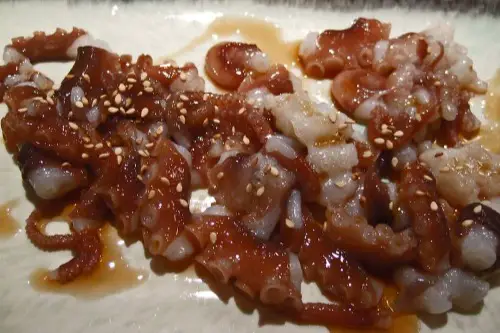
Sannakji is a Korean delicacy consisting of live octopus tentacles served still moving, and it’s legal in many U.S. Korean restaurants. The danger comes from the suction cups on the tentacles, which can stick to your throat and cause choking. Eating sannakji is a daring experience but definitely not for the faint of heart—or throat. It’s legal and popular in certain circles, but it really should come with a serious choking warning.
People love the freshness and novelty, but the risk is real and has led to hospital visits. Restaurants usually advise caution, but not all customers heed the warnings. If you try sannakji, chew carefully and be prepared to handle a sticky situation—literally. It’s legal, exciting, but definitely risky without proper care.
11. Wild Mushrooms
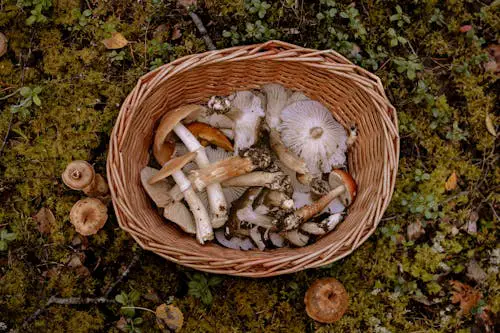
Wild mushrooms are often sold at farmers markets or specialty stores and can be a fantastic culinary find. The catch? Some edible varieties look almost identical to deadly poisonous ones, and misidentification can lead to fatal poisoning. While it’s legal to sell wild mushrooms, this risk makes them a food that really needs a warning label or expert guidance. Foragers and buyers alike should be extremely careful.
People enjoy wild mushrooms for their flavor and texture, but mistakes are all too common. Even experienced mushroom hunters sometimes get fooled. Without proper education or labeling, these mushrooms can be dangerous. So yes, legal—but handle with extreme caution and know your fungi.
12. Rhubarb Leaves
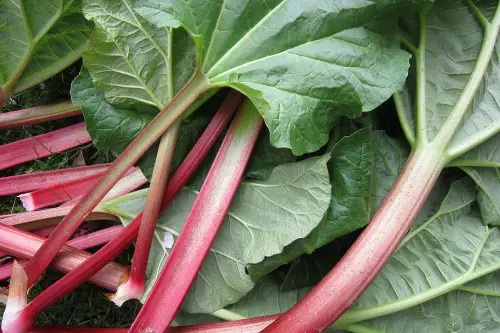
Rhubarb stalks are a popular tart addition to pies and desserts, and those are perfectly safe to eat. But the leaves contain oxalic acid and anthraquinone glycosides, which are toxic and can cause kidney failure or even death in large amounts. It’s legal to sell rhubarb plants and stalks, but sometimes people accidentally eat or cook the leaves. A warning label on rhubarb packaging would prevent these serious mistakes.
The toxicity is well-known among gardeners and cooks, yet accidental ingestion still happens. The leaves should never be consumed or used in cooking. While the stalks are a delicious treat, the leaves are a hidden danger. So next time you see rhubarb, remember: leaves off limits!
This post 12 Foods That Are Technically Legal but Should Come With a Warning Label was first published on American Charm.


